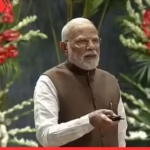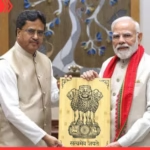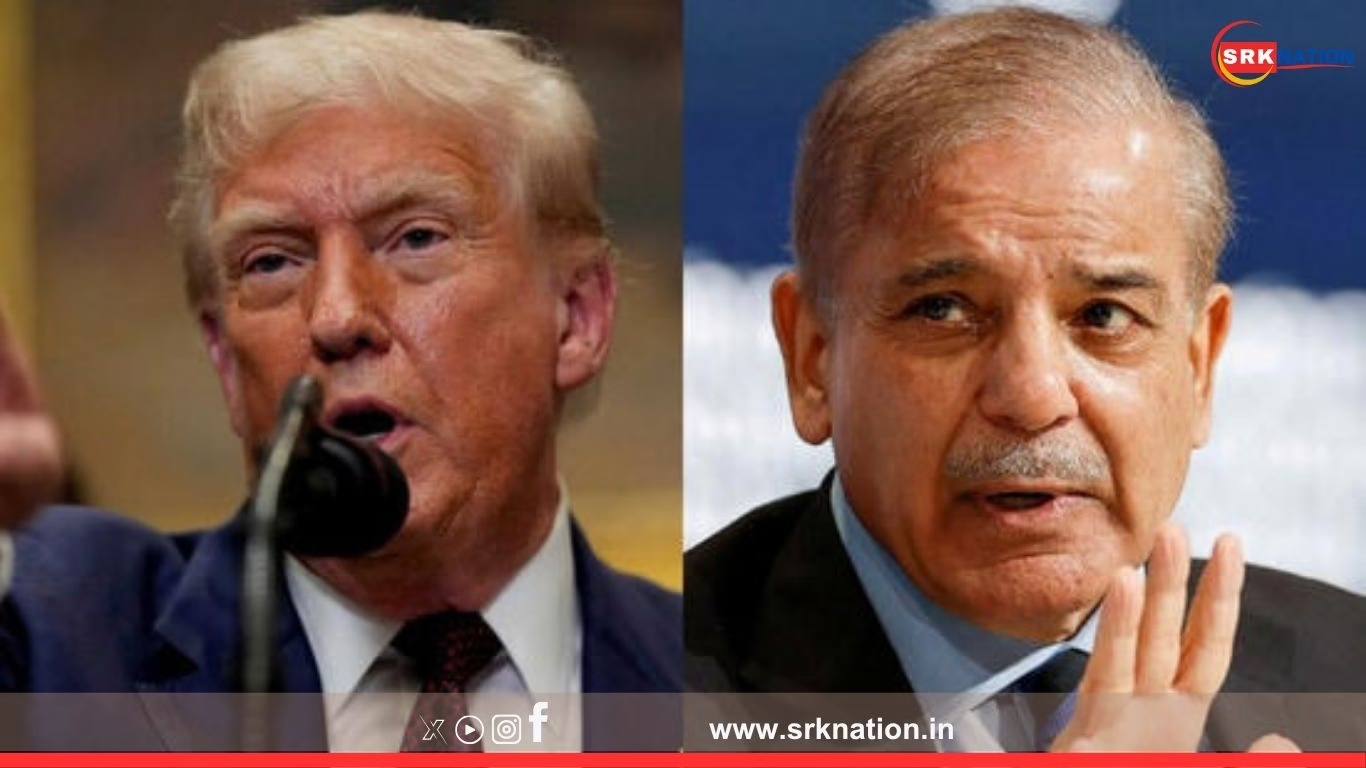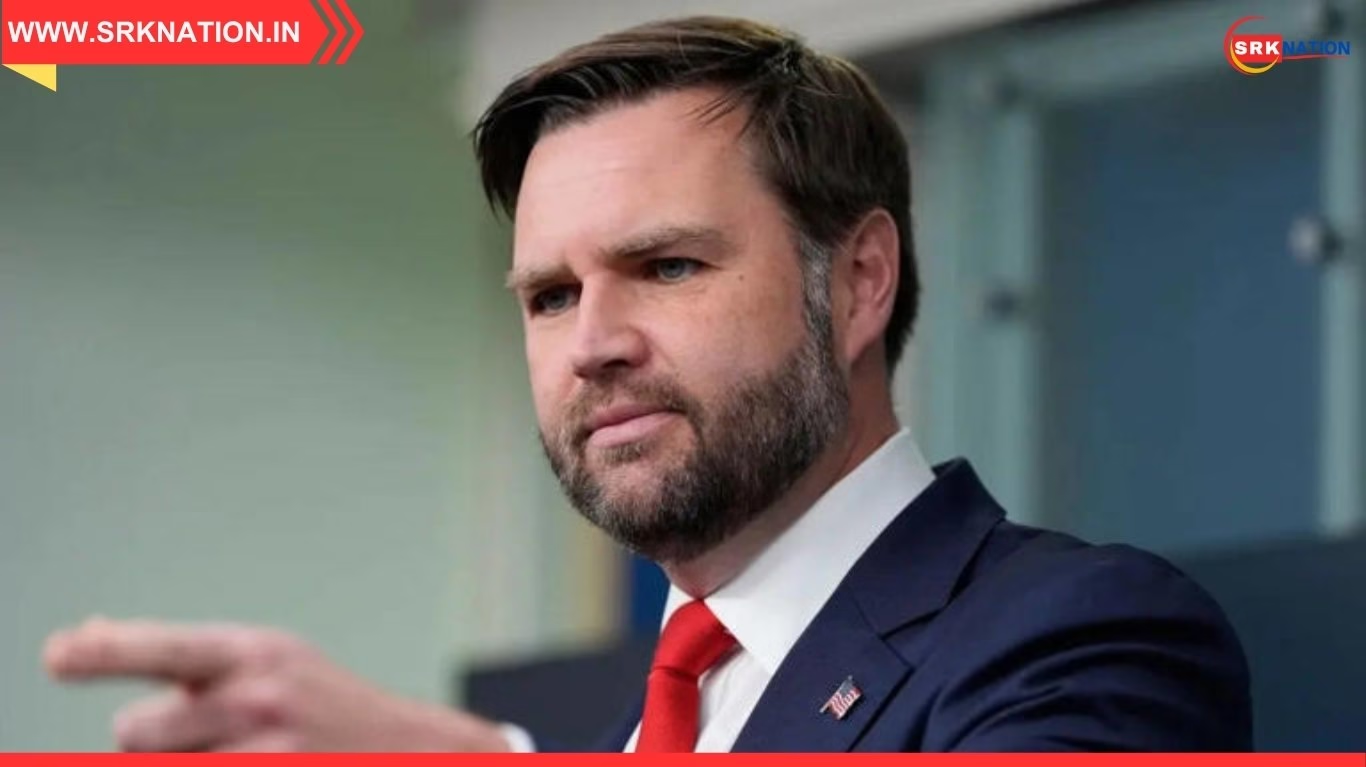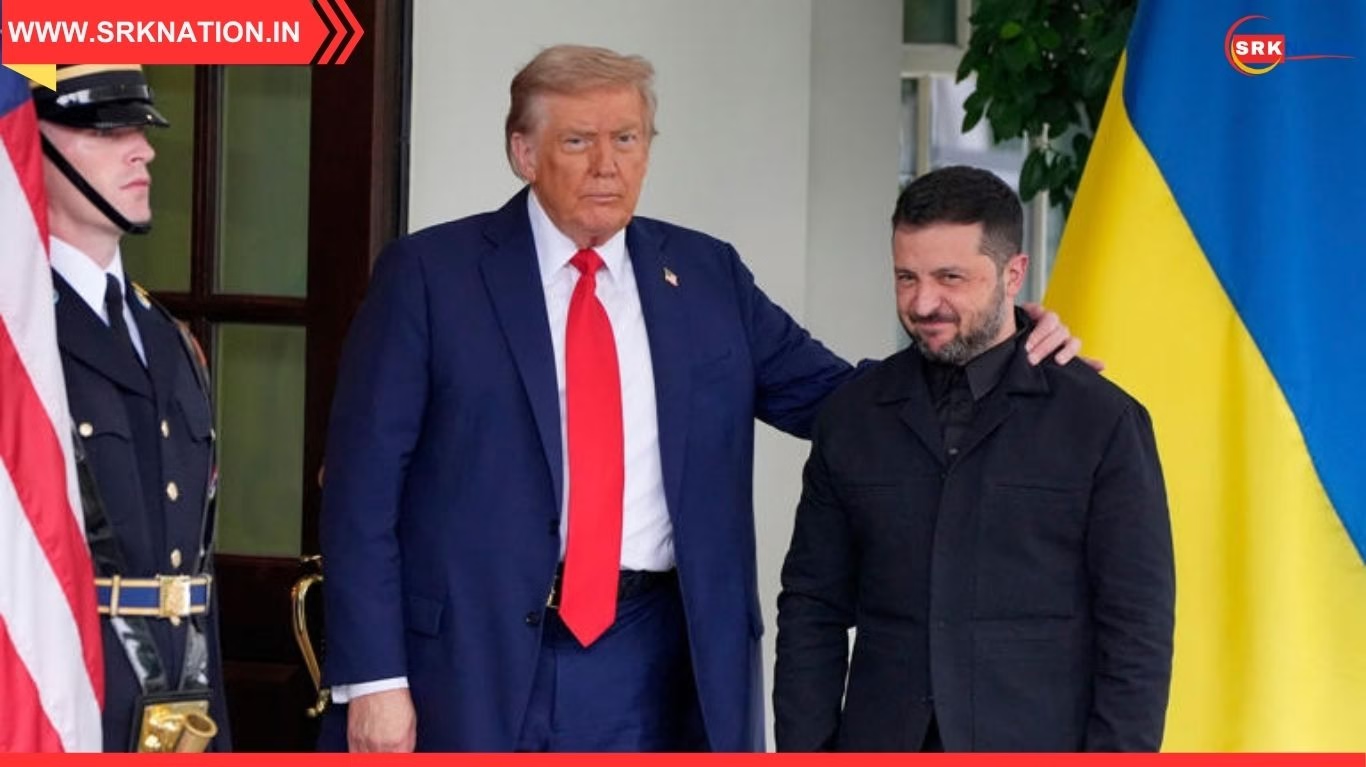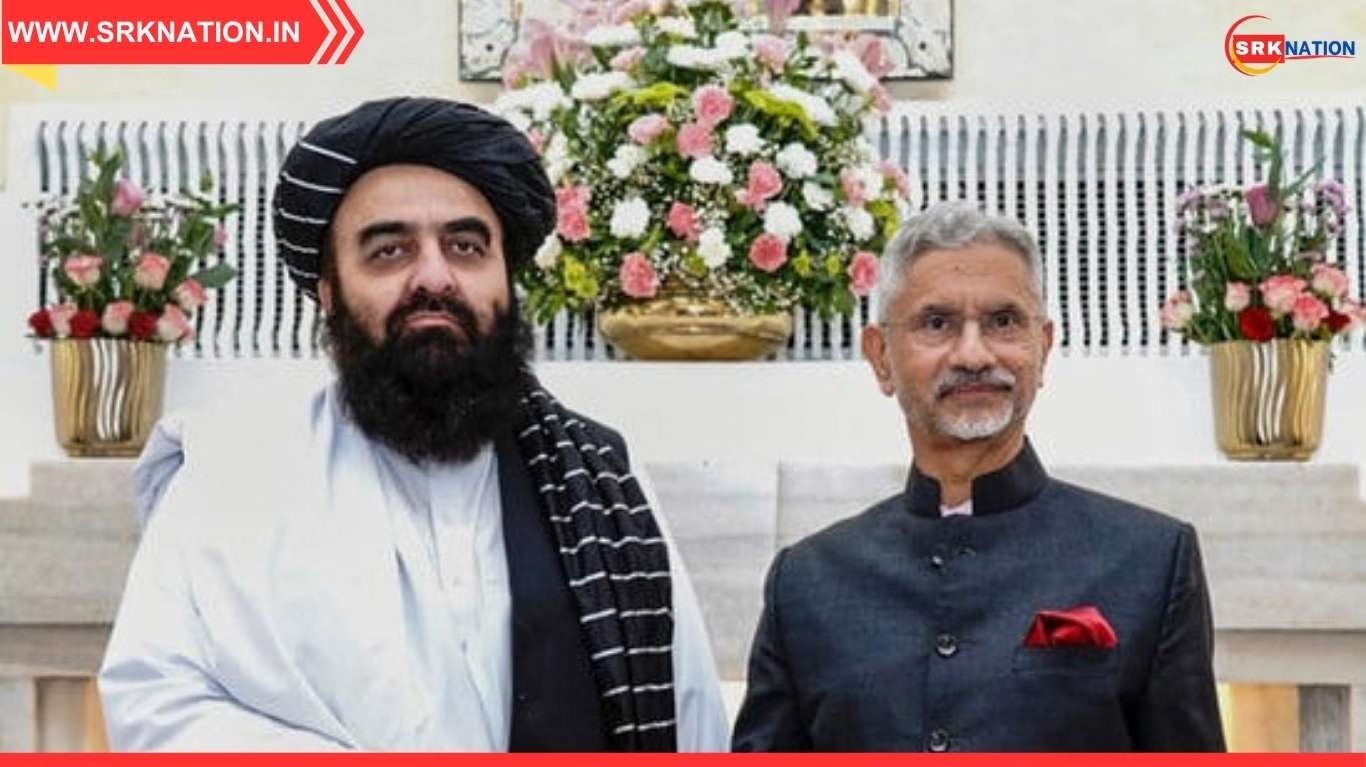In a significant move that blends diplomacy with hardline trade policy, former U.S. President Donald Trump has imposed a 19% tariff on Pakistani exports shortly after finalizing a strategic energy deal involving the exploration of Pakistan’s so-called “massive oil reserves.” This decision, part of Trump’s wider “America First” economic resurgence narrative, has sent shockwaves through diplomatic and economic circles.
The announcement came after weeks of speculation regarding Trump’s evolving foreign trade strategy. While the deal with Pakistan initially signaled warming bilateral ties, especially in the energy sector, the imposition of tariffs has stirred controversy and debate about the true nature of U.S. intentions.
Energy Agreement Promises Oil Exploration Boost
Trump’s administration has consistently sought strategic access to overseas energy markets, and Pakistan’s long-speculated oil reserves presented an opportunity. The former President, during a press briefing, referred to Pakistan as a “potential gamechanger” in global energy politics, asserting that the country held untapped reserves that could support both its economic development and global supply stabilization.
While exact figures remain unconfirmed, Trump’s use of the phrase “massive reserves” has sparked speculation. Experts note that Pakistan’s current proven oil reserves are modest by international standards—estimated between 250 to 350 million barrels—but potential offshore discoveries and shale prospects could significantly increase this figure in the coming years.
The energy agreement includes provisions for U.S.-based companies to assist in exploration, development, and technical consultancy. This is expected to not only bring American investments into Pakistan’s underdeveloped energy infrastructure but also open the possibility of future crude exports, either to neighboring nations or the global market through U.S.-aligned logistics corridors.
19% Tariff Stuns Policy Watchers
In a surprising twist, Trump simultaneously signed an executive order implementing a 19% tariff on all goods imported from Pakistan, citing the need to rebalance trade inequalities. While Pakistan previously faced a 29% tariff under older trade policies, the new rate still poses significant hurdles for its textile and manufacturing industries.
This dual approach—economic cooperation in one domain and protectionism in another—exemplifies Trump’s unconventional style. Supporters argue it reflects a bold negotiation tactic, while critics label it contradictory and destabilizing.
Comparative Tariff Structure Announced Under Trump’s Trade Revival Policy
| Country | Tariff Imposed (%) |
|---|---|
| Pakistan | 19% |
| India | 25% |
| China | 35% |
| Vietnam | 20% |
| Malaysia | 19% |
| Iraq | 35% |
| Taiwan | 27% |
The table highlights how Pakistan’s tariff rate, while high, is comparatively lower than that of strategic competitors such as China or India. This lends credence to theories that Washington sees Islamabad as a valuable future ally, particularly in energy diplomacy and regional balancing.
Economic Impact on Pakistan’s Export Sectors
Pakistan’s economy, already strained under mounting debt and inflationary pressure, relies heavily on textile exports to the U.S. The 19% tariff could significantly affect sectors including apparel, leather, home textiles, and surgical goods.
| Export Category | Annual Value (USD Billion) | Impact of 19% Tariff |
|---|---|---|
| Textiles & Apparel | 3.8 | High |
| Leather Products | 0.8 | Medium |
| Sports Equipment | 0.4 | Medium |
| Surgical Instruments | 0.3 | Low |
Small and medium-sized exporters have already voiced concern over the tariff’s potential to erode competitiveness in the American market. Industry leaders in Karachi and Faisalabad have requested urgent talks with Pakistan’s commerce ministry to seek relief mechanisms or alternative market access.
Geopolitical Underpinnings
Analysts suggest that the oil deal and subsequent tariff policy serve more than just economic objectives. As China’s Belt and Road Initiative (BRI) strengthens its influence in Pakistan, especially through the China-Pakistan Economic Corridor (CPEC), the U.S. appears keen to reassert its presence.
By offering investment in energy exploration and retaining economic leverage through tariffs, the U.S. could be positioning itself as a counterbalance to China’s increasing footprint in South Asia. Trump’s strategic calculus may be designed to pull Pakistan closer into the U.S. sphere of influence without offering unchecked concessions.
Additionally, the statement made by Trump that “Pakistan could one day export oil to India” has added a layer of geopolitical intrigue. While current relations between the two nations remain strained, the suggestion opens conversations about a long-term energy corridor that could potentially improve regional trade and diplomacy—under U.S. mediation.
Mixed Reactions Domestically and Globally
In the U.S., the decision has attracted both praise and criticism. Business groups, particularly from the import-reliant textile retail sector, warned of rising costs and potential supply chain disruptions. However, nationalist economic circles praised the move for supporting domestic industries and encouraging U.S.-led energy ventures abroad.
In Pakistan, government officials have cautiously welcomed the energy partnership while expressing dismay at the tariffs. The Ministry of Commerce released a statement emphasizing the need for “continued dialogue” and a “balanced approach” to bilateral trade.
Opposition leaders in Pakistan, however, accused the government of failing to secure proper protections for its export economy while celebrating an oil deal whose actual economic benefit remains uncertain.
Legal and Diplomatic Challenges Ahead
Trump’s tariff orders are already under legal scrutiny, with advocacy groups and business lobbies challenging his use of emergency economic powers to unilaterally adjust trade rates. A recent ruling in the U.S. Circuit Court questioned whether such actions overstep constitutional limits, especially in the absence of congressional approval.
If upheld, these legal hurdles could delay or even reverse the tariff impositions, potentially offering Pakistan a temporary reprieve. Diplomats from Islamabad are reportedly engaging with trade law experts in Washington to monitor developments.
What Lies Ahead?
As the oil exploration deal unfolds, the success of U.S.-Pakistan cooperation will likely hinge on a careful balance of energy promise and trade pragmatism. For now, Pakistan must adapt to the duality of new economic opportunity amid tighter trade restrictions.
Trump’s unpredictable policy style continues to reshape global alliances, particularly as he eyes a strong return in the 2026 elections. Whether this deal and the tariffs are the beginning of a deeper realignment or simply another chapter in transactional diplomacy remains to be seen.
Disclaimer: This article is based on public announcements, expert analysis, and early policy reactions as of July 2025. All economic figures are approximate and subject to revision. Developments are fluid, and readers are advised to consult official government notifications or trade advisories for real-time updates.

